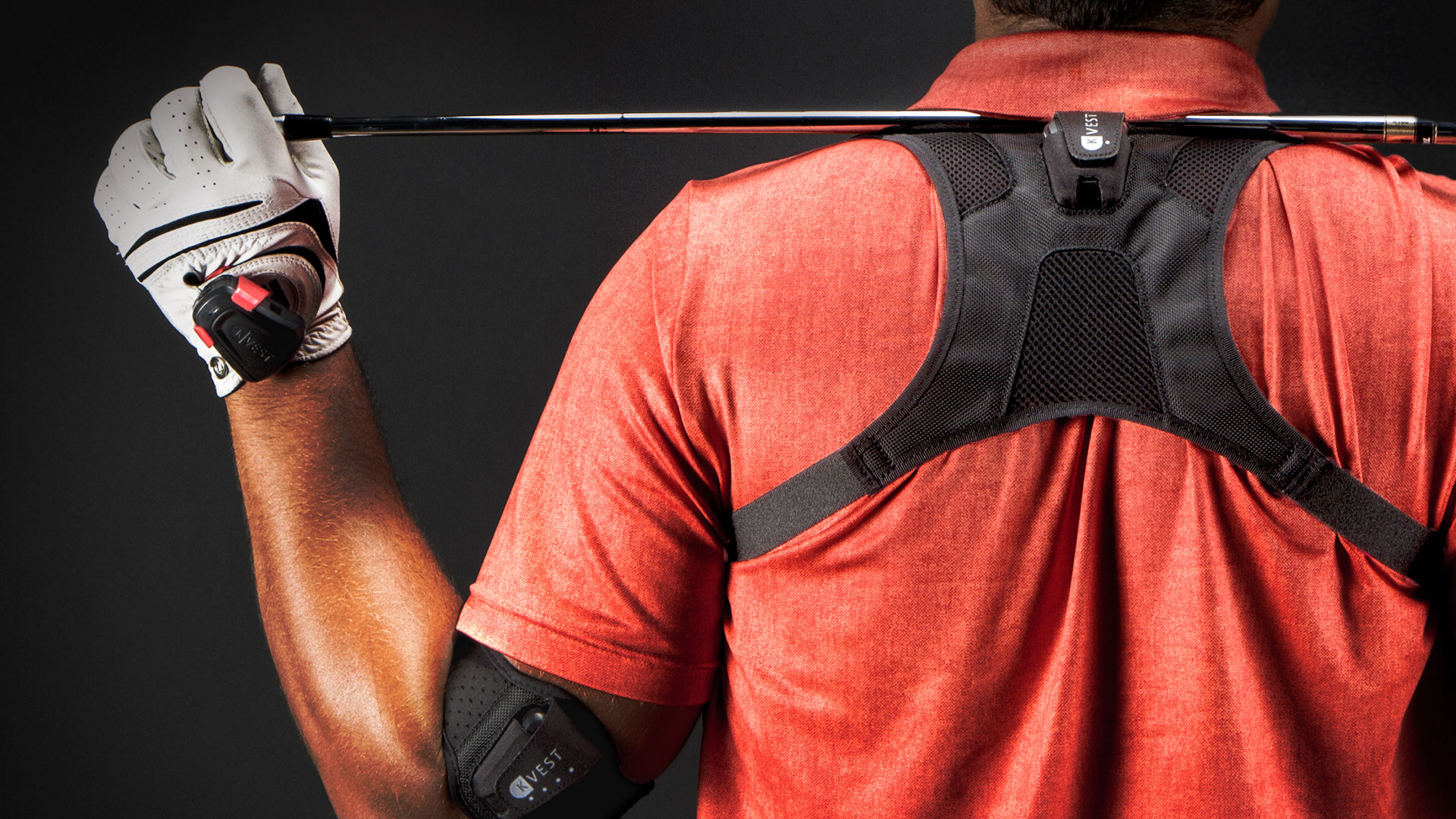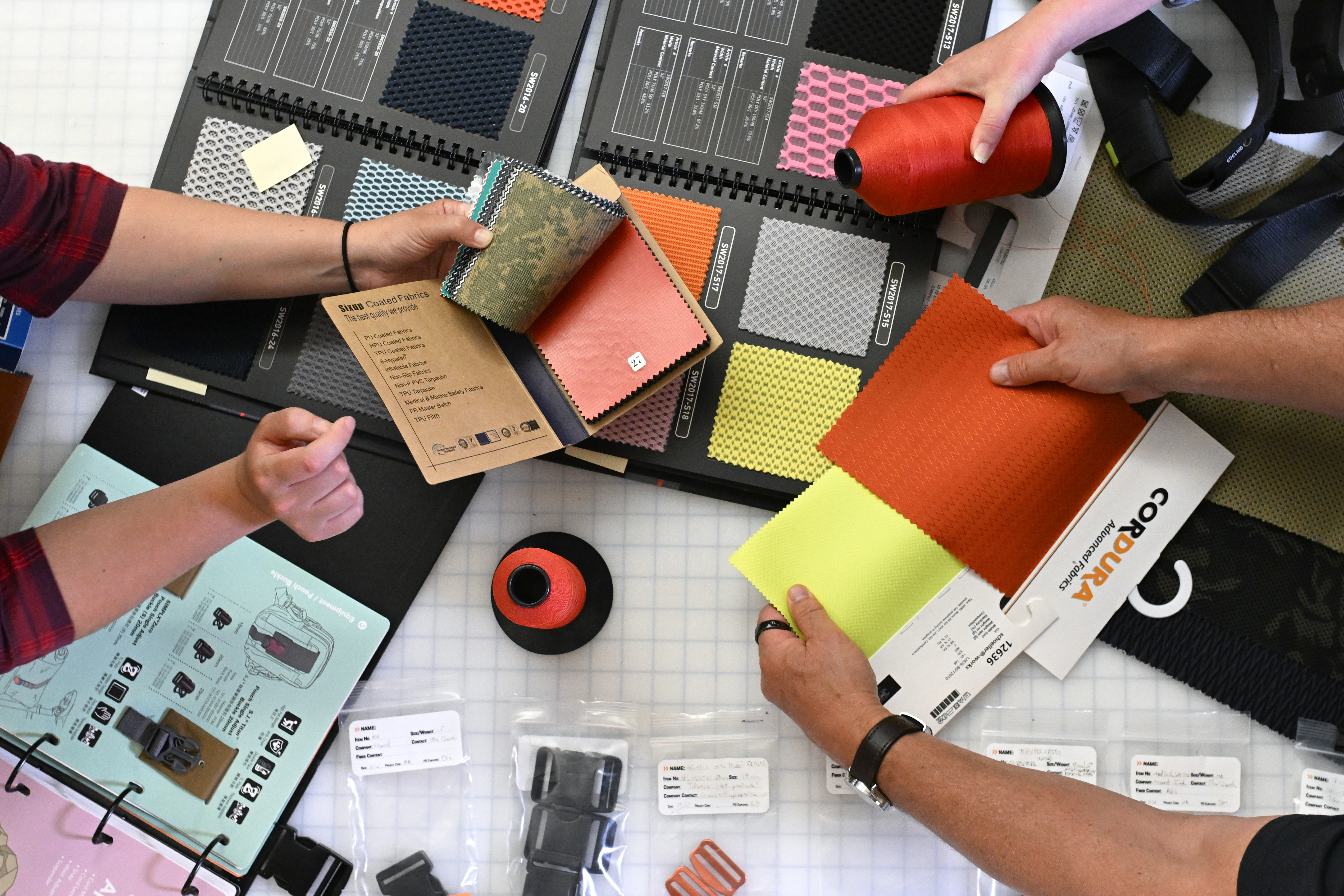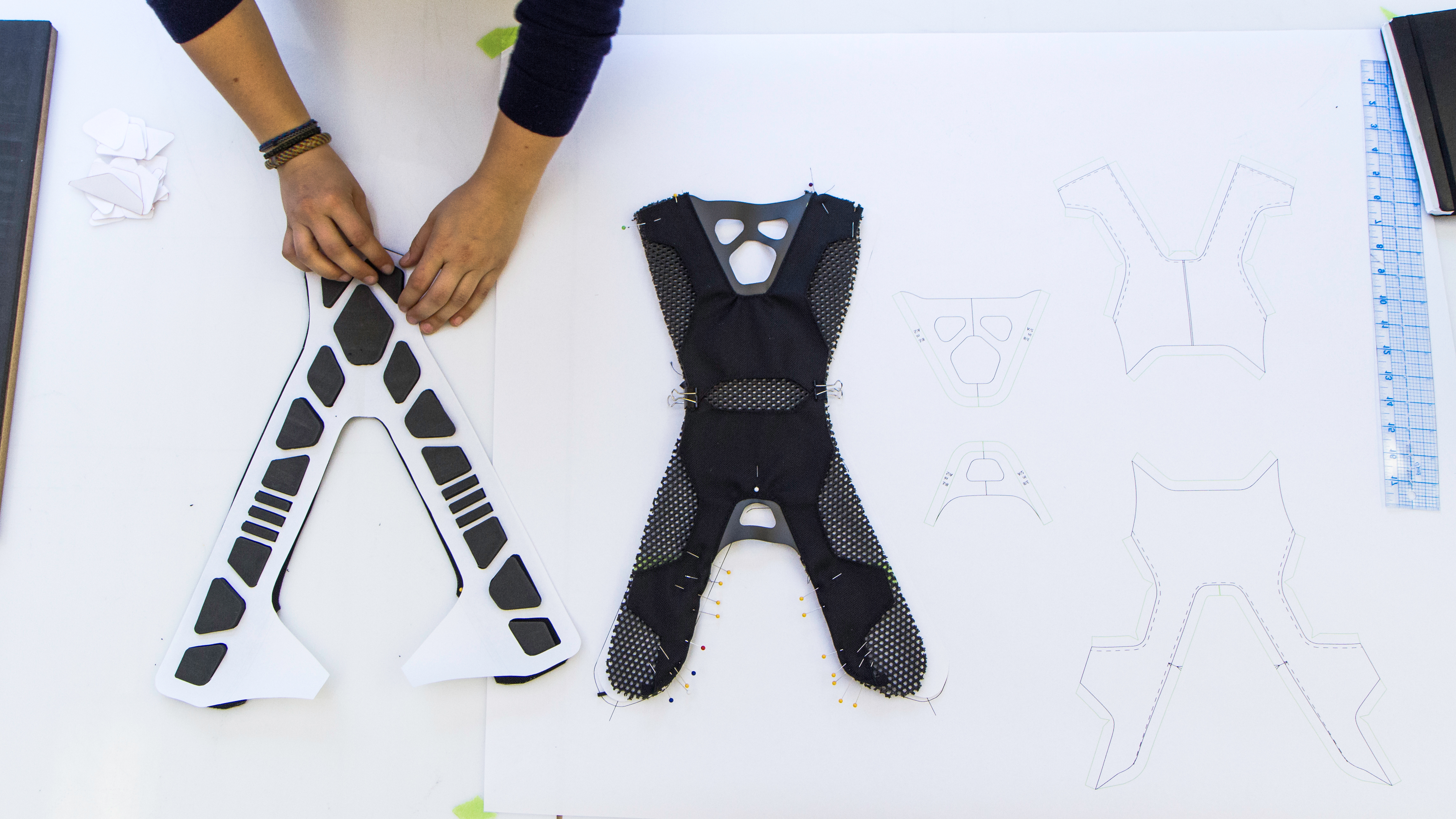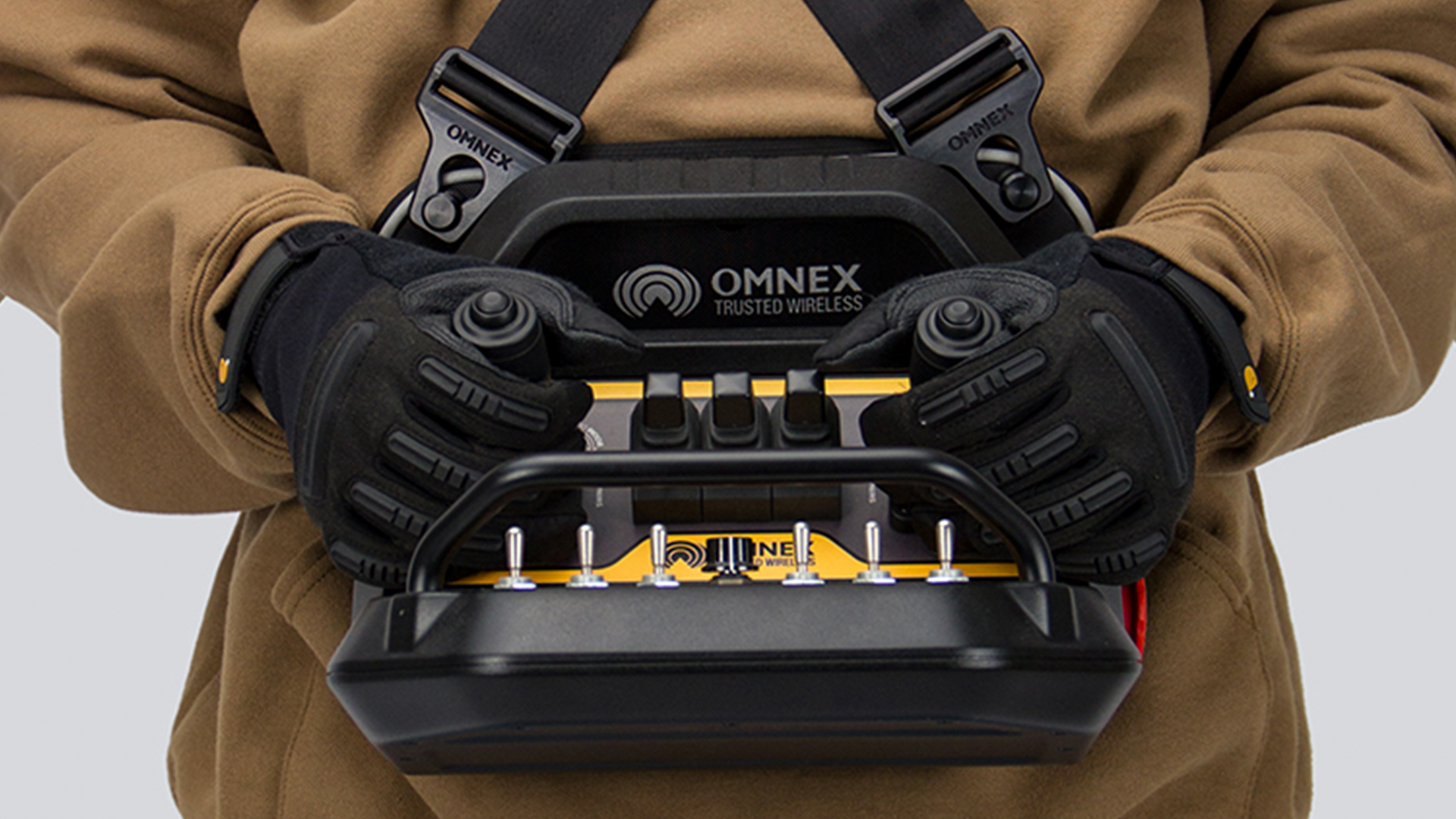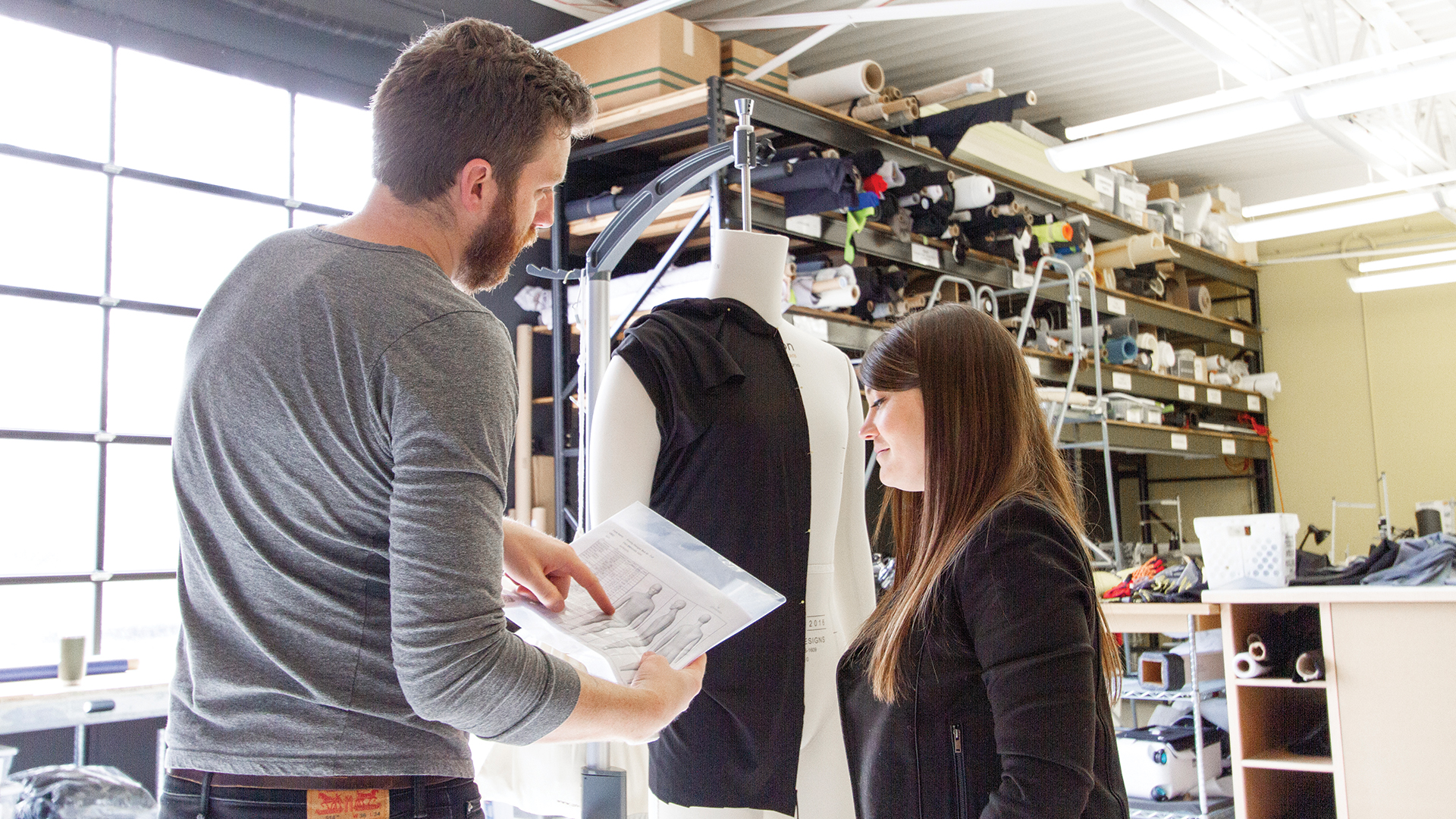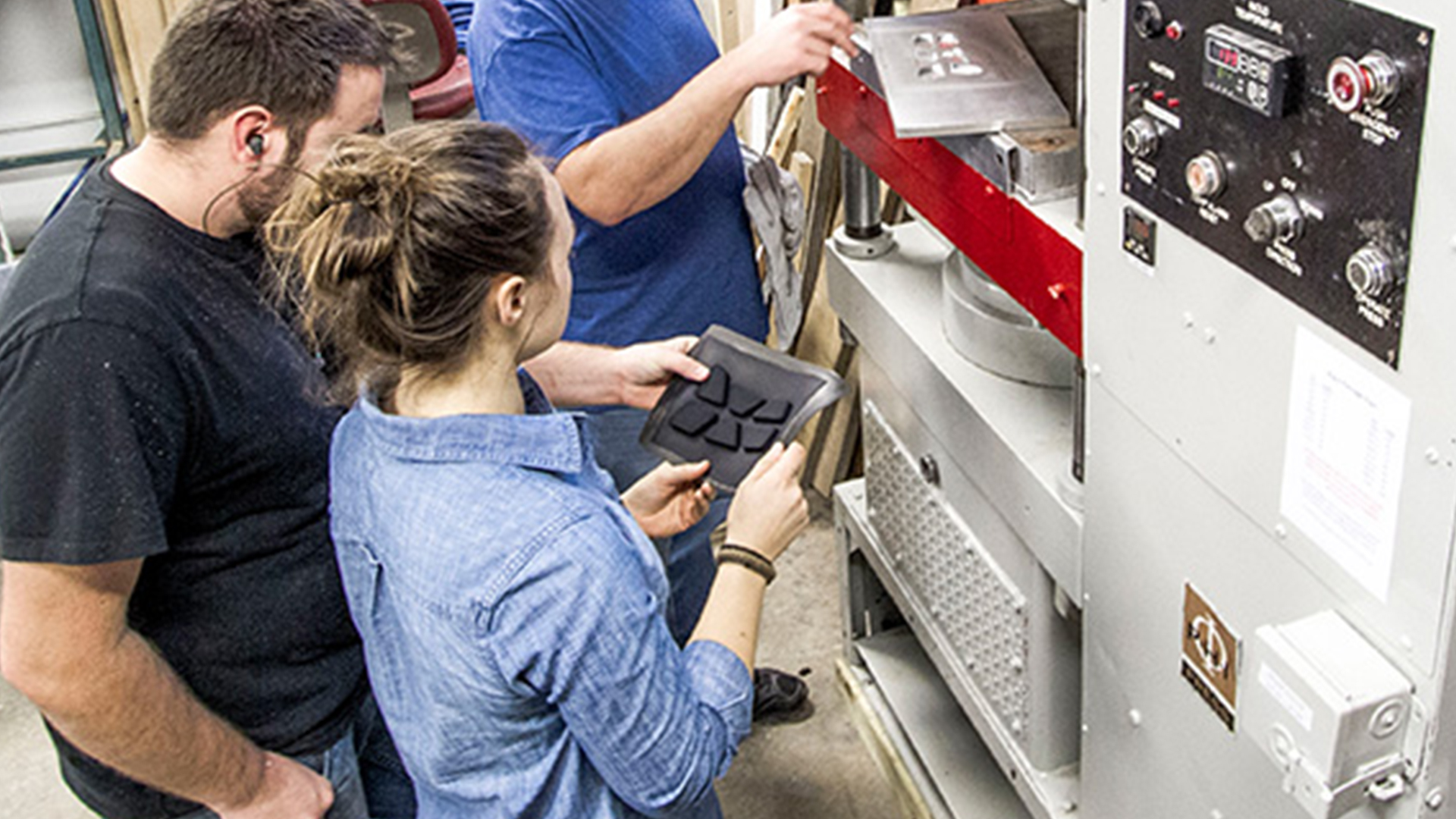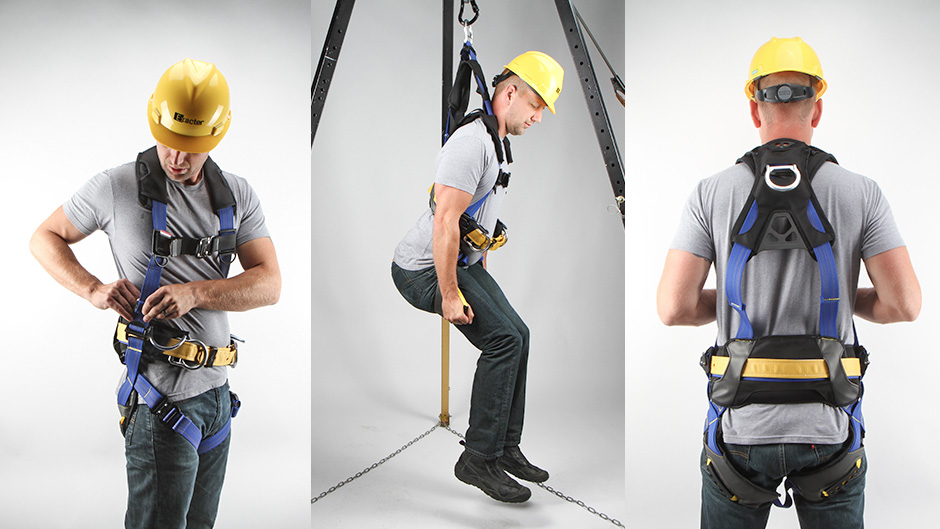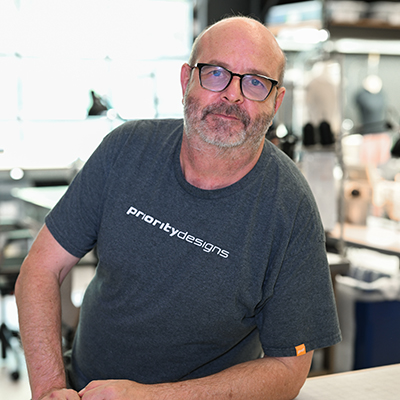Wearables Development
Balancing Critical Constraints for Comfortable, Intuitive Wearable Devices
People cover a wide spectrum of sizes, heights and abilities, and wearables must be designed to comfortably deliver the desired function of the device while users are static, or in motion. No small feat. This requires careful attention to fit, sizing, ease-of-use, compliance, and a host of additional critical constraints, but many of these criteria are often conflicting. Navigating these tricky waters requires problem solving, testing, and the collaboration of varied team members.
Priority Designs has built experience in the category over 25 years, integrating soft and hard components with physical + digital interaction. As demand increases for products that sense and share data, and nudge positive behavior of wearers, our electrical + software team members are a valuable part of development that involves connectivity, often in compact, discrete applications.
We’ve developed relationships with trusted manufacturing vendors and material suppliers. We’ve learned how to comply to regulatory requirements, and how to select materials that balance durability, biocompatibility, and cost-effectiveness across a variety of market categories. With each wearable product, our diverse team of specialists pulls in the right people for each task, delivering holistic, thoughtful and elevated user experiences.
When a wearable project incorporates textiles, the product is built on the foundation of the materials selected. This is where most of the product function and constraints come from and is an important area to place dedicated research.
Textiles have many variables, such as stretch, stitch structure, bio-compatibility, finishes, adhesives (just to name a few!) that can affect the performance of a finished good. Materials are typically not on a shelf waiting to be purchased, and most vendors work on a made-to-order business model. On average, raw materials take 6-9 weeks to be produced and received, so it’s best to think about sourcing at the beginning of the design process to account for these long lead times.
CONSTRUCTION METHOD SELECTION
Soft goods specialists can help navigate which construction and manufacturing method will best fit the requirements or constraints of the project. Often, products incorporate multiple methods into one solution. For example, seamless or knit construction can reduce abrasion against the user’s skin, or compression molded foams can provide protection and support. When designing and prototyping, we have extensive in-house machinery for development including:
- 3D Knitting
- Cut-and-sew
- Seamless Bonding
- Thermoforming / Compression Molding
- Lamination
USER EXPERIENCE & PRODUCT DESIGN
We apply human centered design principles to craft thoughtful user experiences throughout all aspects of wearable development. These include the industrial design of the physical product, the relationships with embedded technologies, and the interaction between users, interfaces and controls. This includes how, where, and when the user will wear the product, for how long, and the entirety of the experience.
FIT, COMFORT & SIZING
If a product doesn’t fit, or isn’t comfortable, the user isn’t likely to wear it, even when compliance is required. We’ve seen that a product’s fit is critical for acceptance of the device, and getting it right requires a thoughtful approach to the user population and appropriate sizing.
Unfortunately, to size a wearable does not mean you can just use the scale button in Illustrator or Photoshop. To size appropriately requires pattern grading using fashion industry sizing strategies to fit the end user comfortably. Testing wearables with users, refining, and adjusting will lead to a strategy built for success with varied sizes.
HARD GOODS/SOFT GOODS PROTOTYPING
Wearables are often mixed with hard good components, created with urethane casting, CNC machining, vacuum forming, or a whole host of other methods. With an in-house shop, our soft goods developers work with prototype specialists to create hard good parts that are combined with textiles during assembly. By layering fabrics and foams, compression molding, soft goods over-molding and experimentation, these teams have developed custom materials or unique combinations to achieve the desired results. Learn More.
HUMAN FACTORS RESEARCH & USER WEAR TESTING
Wearables can be complex systems, and making sure users understand how to use the device safely and effectively; performing all necessary functions as well as donning and doffing correctly, are important objectives. Our degreed Human Factors Specialists perform usability testing with product prototypes at varying levels of fidelity to uncover and resolve any user experience issues before production. For medical devices, our team can develop formative and summative studies in compliance with regulatory requirements.
Meet the Team
The combination of our people’s unique skillsets is what creates holistic, thoughtful solutions. Meet some (but not all!) of our talented staff that collaborates on wearable tech product development.
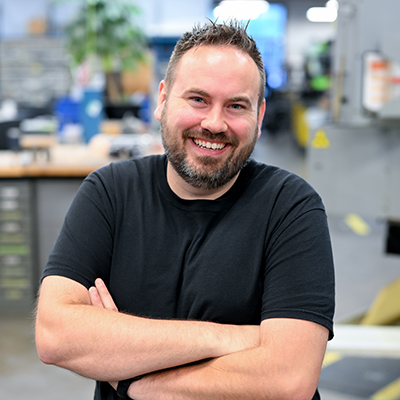
Billy Rupe
SR. PROTOTYPE SPECIALIST
Working alongside soft goods developers, Billy helps our team fabricate parts, create new materials, and solve challenging problems while developing the construction of a wearable project. He helps deliver high quality prototypes for our clients that are as close (or better!) than production outcomes.

Tony Morgan
SR. ENGINEER, UX + EMBEDDED SOFTWARE
With hardware and software expertise, Tony helps our team select electrical components that will meet the size, power, cost and functional aspects of the technology. He helps create functional prototypes for iterative testing as well as production design and support.

Jeff Burger
SR. INDUSTRIAL DESIGNER
Jeff has over 15 years of experience enhancing user experience, comfort and interaction through the design of wearable technology projects in home healthcare, enterprise, and soft robotics. He is passionate about the future of wearables, combining vision for a product’s potential with empathy for the user’s needs and experience.
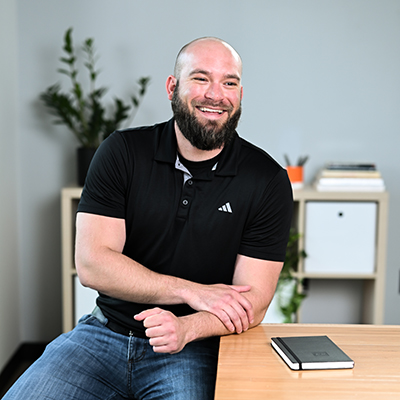
Colton Turner
SR. HUMAN FACTORS SPECIALIST
Colton partners with our design, engineering and soft goods teams to conduct research studies of wearable devices with a range of product users. Helping recruit, plan, moderate, and report findings, Colton helps provide valuable feedback on a product’s usability.
Wearables Articles From Our Team
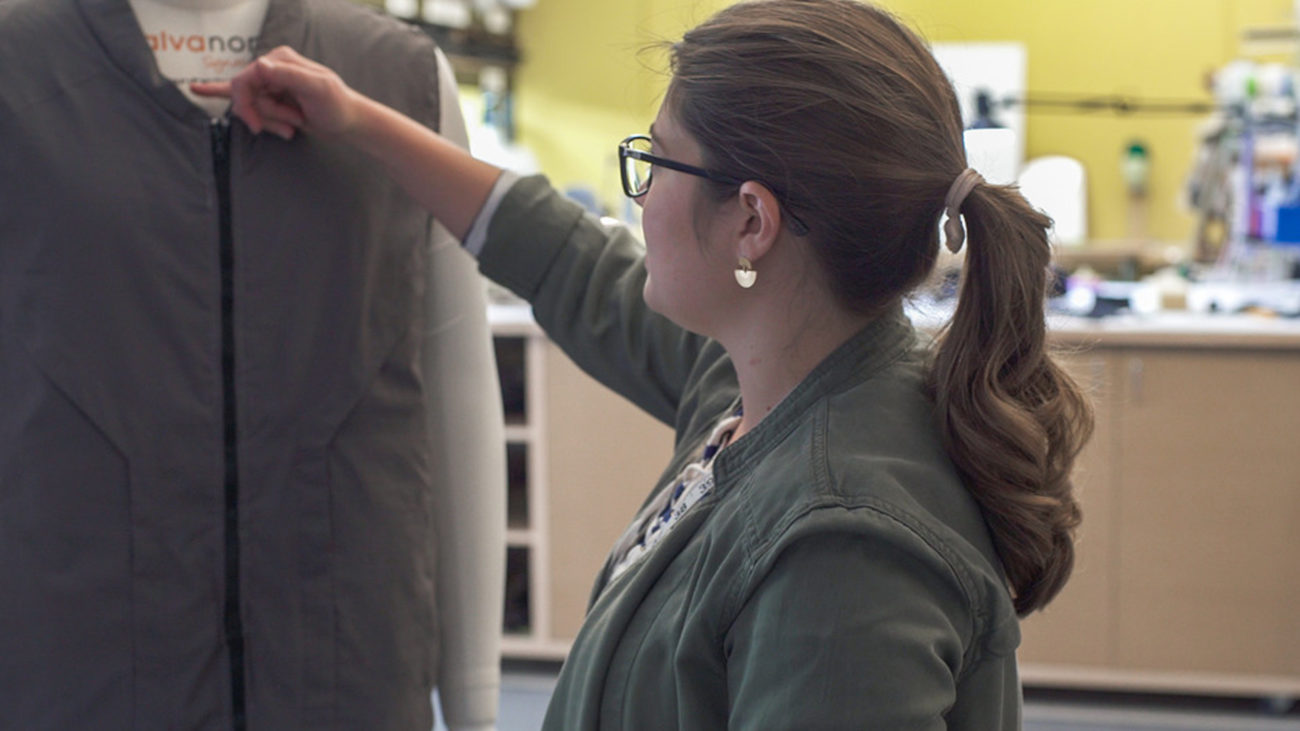
3 Things You Need To Know To Develop Wearables
By Stephannie Kia, Soft Goods Designer
Read The Article
3 Opportunities in Wearable Robotics (And What It Takes To Develop Them)
By Jeff Burger, Sr. Industrial Designer
Read The Article

How Digital Knitting Can Stitch a Better Bottom Line on Medical Wearables
By Stephannie Kia, Soft Goods Designer
Read The Article
LET'S GET STARTED ON YOUR PROJECT
Tell us about your product’s needs and start a conversation.









